Humans news stories

Every year, millions of rocky shards from outer space burn up in Earth’s atmosphere, many briefly flaring and appearing in the sky as “shooting stars.” But how many survive their high-speed plunges to strike the ground?
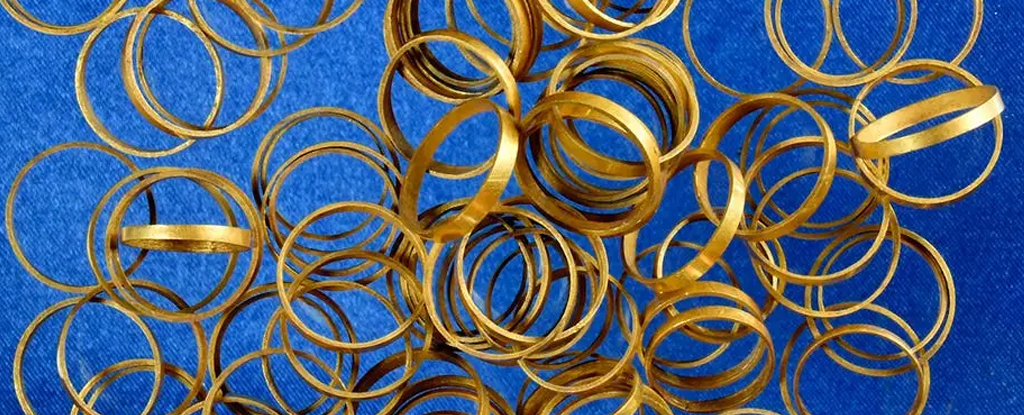
Archaeologists in Romania have discovered an extraordinary cache of ancient gold rings that a 6,500-year-old woman wore in her hair.
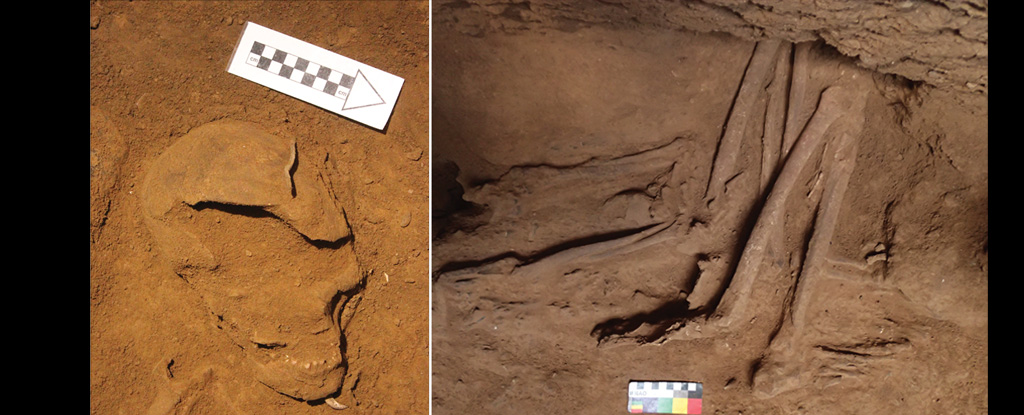
Three skeletons uncovered in a rock shelter adorned with red pigment rock art reveal burial rituals of early humans who followed well-trodden paths through Indonesia’s Lesser Sunda Islands, albeit thousands of years apart.

People who have undergone a mystical experience after consuming a psychedelic substance are more likely to engage in behaviors aimed at protecting or conserving the environment, according to new research published in the Journal of Humanistic Psychology.
Image from: Pashminu (Wiki Commons)

The world’s most powerful telescope has made its first observations of a planet beyond our solar system, heralding a new era of astronomy in which distant worlds can be scanned for signs of life.
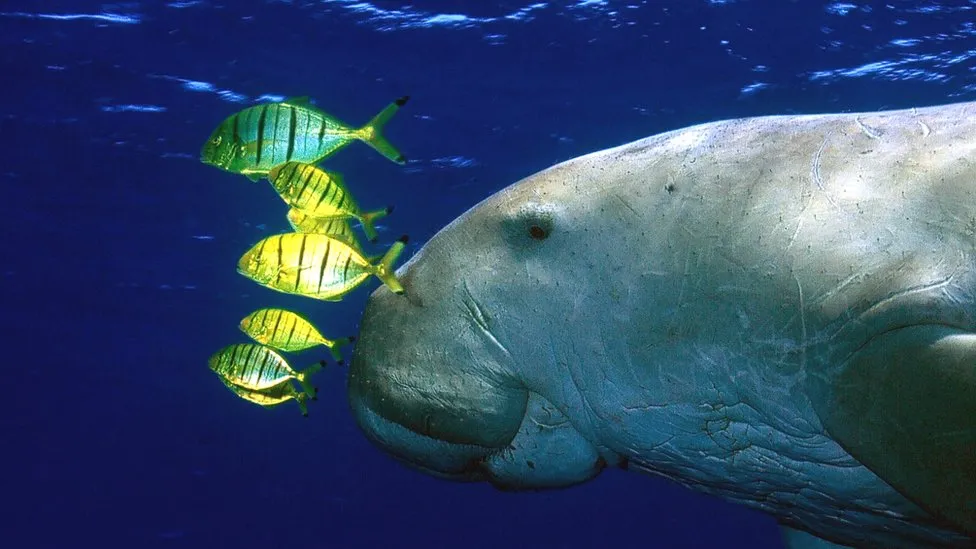
Only three people surveyed from coastal communities in China reported seeing the dugong in the past five years.
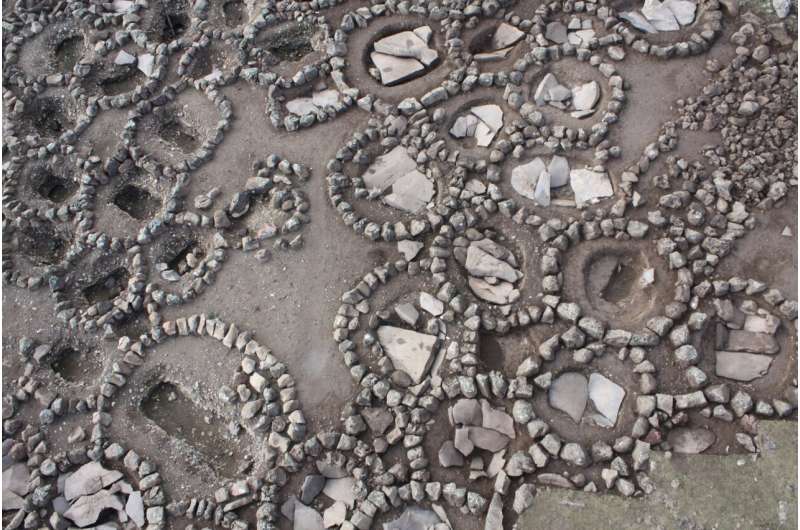
In a trio of papers published simultaneously in the journal, Science reports a massive effort of genome-wide sequencing from 727 distinct ancient individuals with which it was possible to test longstanding archaeological, genetic and linguistic hypotheses.
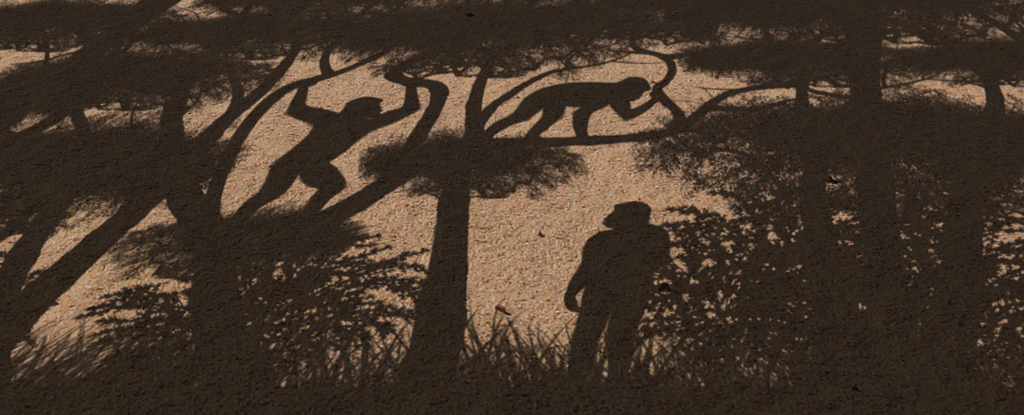
The switch to walking on two legs instead of four is a major moment in the evolution of our species, which is why scientists are keen to pinpoint exactly when it happened – and a new study puts the adaptation as happening around 7 million years ago.
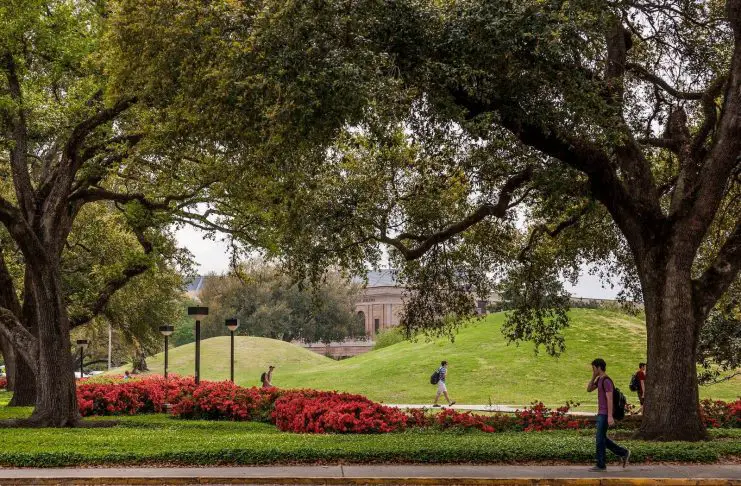
Radiocarbon analysis of the material suggests that the mounds were built over thousands of years, with construction of Mound B starting around 11,000 years ago.

A new kind of “phase transition” in water was first proposed 30 years ago in a study by researchers from Boston University. Because the transition has been predicted to occur at supercooled conditions, however, confirming its existence has been a challenge.

It isn’t alive, and has no structures even approaching the complexity of the brain, but a compound called vanadium dioxide is capable of ‘remembering’ previous external stimuli, researchers have found.
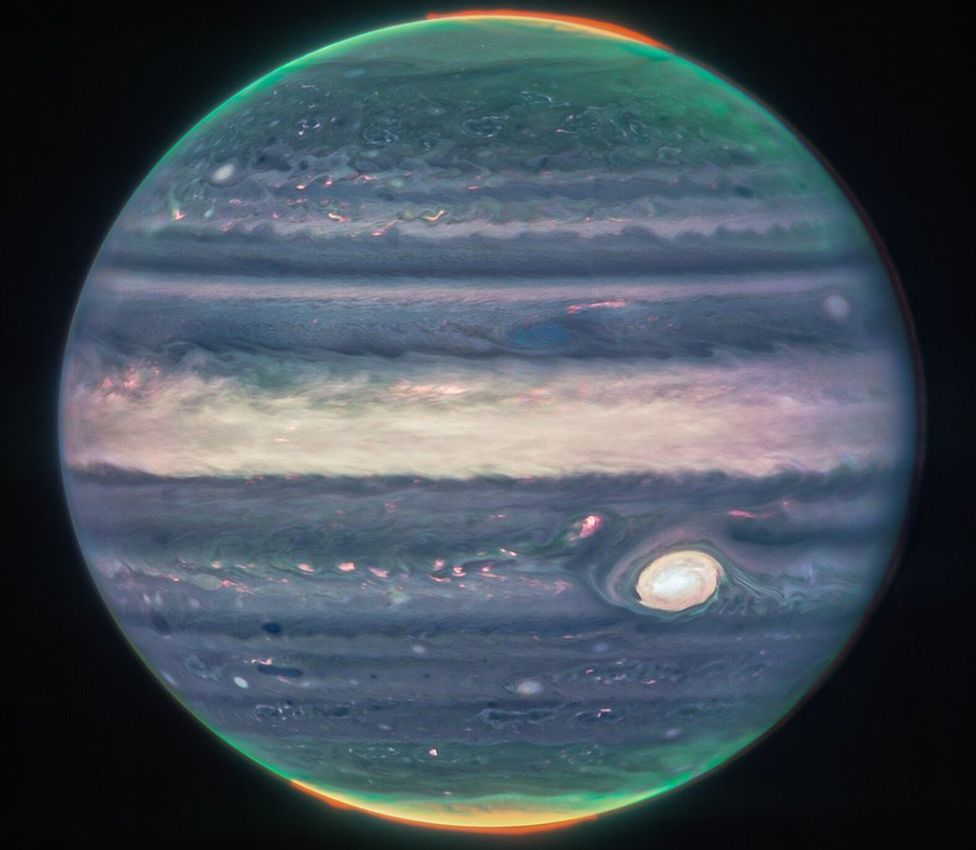
The world’s largest and most powerful space telescope has revealed unprecedented views of Jupiter.

It is believed to be the Welsh Atlantis, a lost land lying below the water at Cardigan Bay. For at least 800 years, tales have been told of the legend of Cantre’r Gwaelod, but evidence that it really existed has been scant.
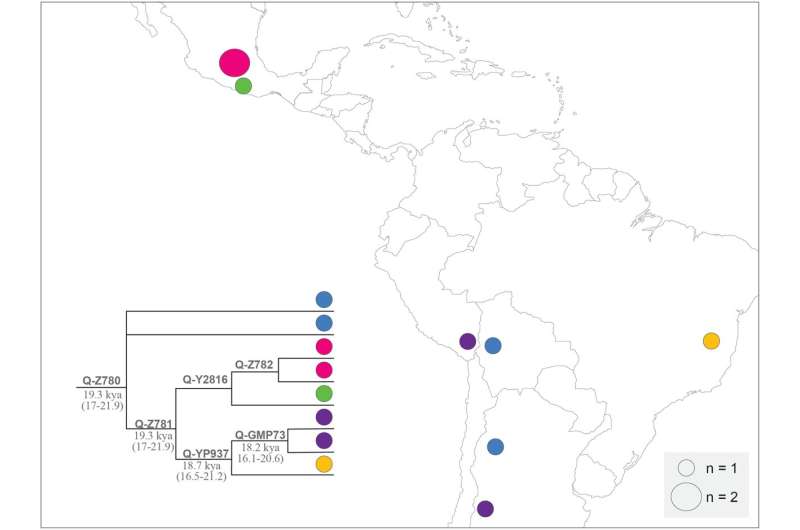
A team of researchers affiliated with several institutions in Argentina has found chromosomal evidence of people living in South America as far back as 18,000 years ago. The group has published a paper describing their work and findings on the open access site PLOS ONE.

Archaeologists say the prehistoric site in Huelva province could be one of the largest of its kind in Europe.

In the wake of a growing mental health crisis, the feds get ready for legal psychedelic therapy.








